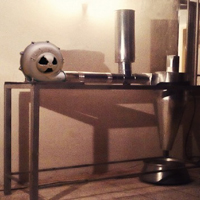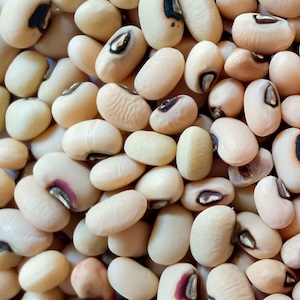CFD-based numerical simulation of cyclone separator for separating stigmas from petals of saffron

All claims expressed in this article are solely those of the authors and do not necessarily represent those of their affiliated organizations, or those of the publisher, the editors and the reviewers. Any product that may be evaluated in this article or claim that may be made by its manufacturer is not guaranteed or endorsed by the publisher.
Authors
This study modelled numerically the flow of a fluid (air) and solid particles (saffron flower) inside a cyclone using the finite volume method in ANSYS Fluent. The continuous phase was simulated under steady state condition, as initial condition, using the Reynolds stress model for turbulence at three constant inlet air velocities of 1.5 m/s, 2.5 m/s, and 3.5 m/s over the inlet section. One-way coupling was assumed to govern all numerical analyses. The fluid phase and particles were treated as continuous medium (within a Eulerian framework) and discrete phase (within a Lagrangian framework), respectively. The equations governing the gas phase included the compressible Navier-Stokes equation and the conservation of mass equation. The discrete phase equations included the equations of motion for three different particles, including petals, stigmas, and anthers. According to the numerical results, the cyclone separation efficiency was calculated, and the static pressure and velocity contours were plotted. The results showed that the computational fluid dynamics-based simulation can provide an accurate demonstration of the behaviour of the fluid-solid phase. Accordingly, it can be used to predict the efficiency of stigma separation from petals of saffron using the airflow in the cyclone. According to the results, the highest cyclonic separation efficiency of 89% was achieved at an inlet air velocity of 3.5 m/s, which was very close to the experimental data.












